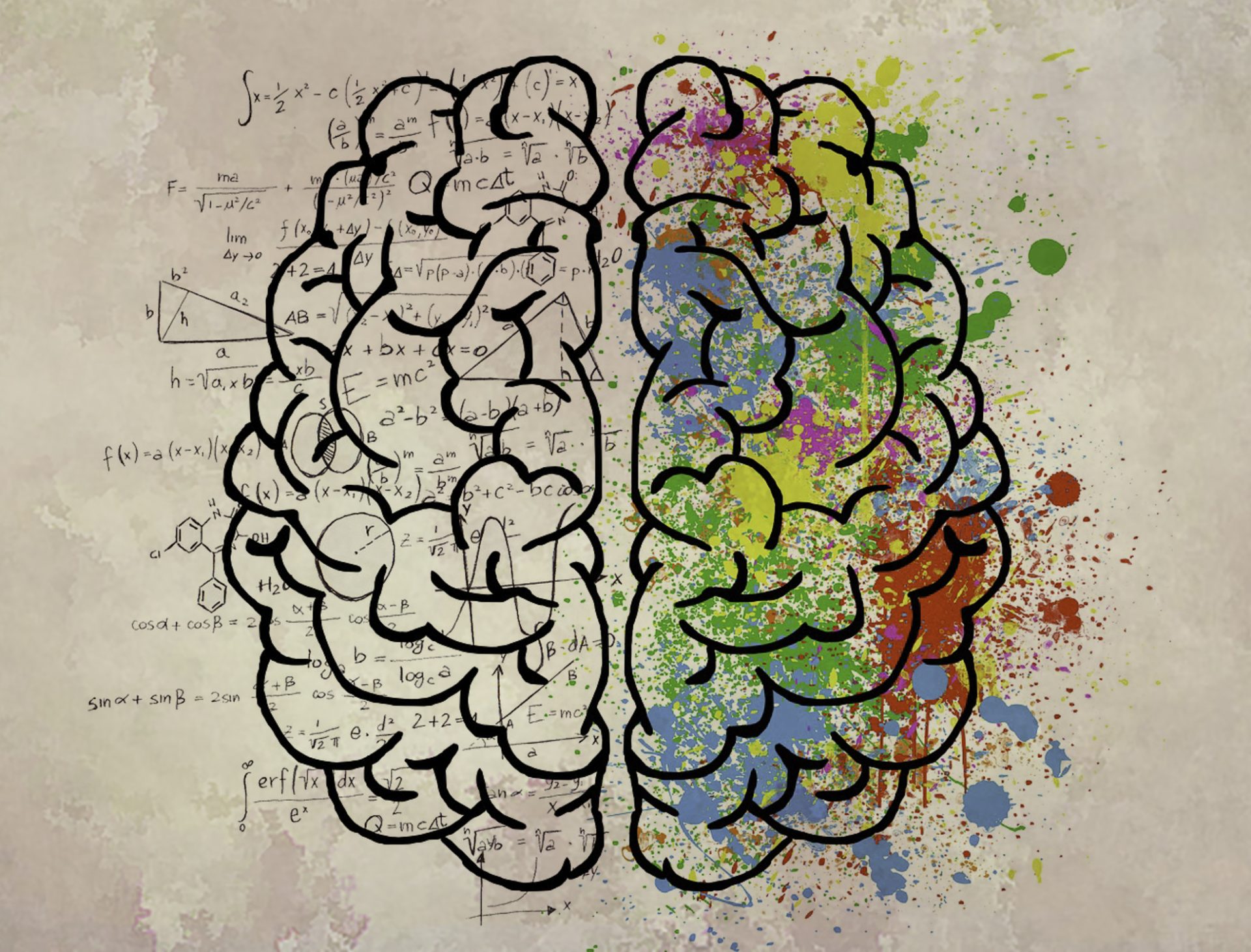
**New Study Illuminates Prehistoric Brain Linkages Influencing Social Anxiety and Self-Reflection**
**Released in *Science Advances* | Estimated reading duration: 4 minutes**
Have you ever found yourself meticulously analyzing a social exchange, questioning if you read someone’s expression too intricately or if your joke landed well? Insights from innovative research conducted by Northwestern Medicine suggest that the roots of this distinctly human experience extend far into our evolutionary history. The findings demonstrate how ancient parts of our brain interact with more recently developed neural networks, contributing to social anxiety, self-reflection, and an enhanced ability to empathize with others.
Led by Dr. Rodrigo Braga, the project employs state-of-the-art neuroscience methodologies to map the connections between the amygdala – a structure often dubbed the “lizard brain” due to its evolutionary origins – and higher-level brain regions that govern social cognition. “The neural mechanisms that enable us to deduce another person’s thoughts or feelings arise from relatively modern brain areas that have evolved over time,” states Braga, an assistant professor of neurology at Northwestern University Feinberg School of Medicine.
This study provides new insights into the brain’s circuitry, challenging simplistic views of the amygdala as merely a “fear center.” In reality, the research indicates that certain subregions of the amygdala do more than just assess threats—they support social learning, hierarchical decision-making, and even nurturing behaviors.
### Connecting the Primitive and the Modern: The Medial Nucleus
Central to these revelations is the medial nucleus, a subsection of the amygdala that functions as a communication center, bridging basic emotional processes with higher cognitive functions related to social judgment. This connectivity enables humans to engage in intricate mental processes such as contemplating what others may think, feel, or aim to convey. While these aspects of empathy and self-awareness are defining traits of human thought, they can also lead to anxiety if misapplied—resulting in worries like, “Did I come off as conceited?” or “Was that really a genuine compliment?”
The medial nucleus, thus, is vital in balancing the delicate yet robust interplay between introspection and social anxiety.
### The Techniques Behind the Breakthrough
To trace this complex brain network, the research team utilized advanced functional magnetic resonance imaging (fMRI) on an unprecedented scale in neuroscience. Unlike conventional scanning techniques that deliver a generalized view of brain activity, this team employed high-resolution imaging to uncover connections that had previously eluded scientists.
“This granularity allowed us to consistently observe neural patterns across numerous subjects,” remarks Donnisa Edmonds, a neuroscience Ph.D. candidate who significantly contributed to the research. From preliminary runs to thorough examinations, the researchers validated these connections with remarkable consistency, strengthening their conclusions.
### Consequences for Mental Health Interventions
The outcomes also hold significant implications for mental health, especially in addressing issues like social anxiety, generalized anxiety disorder, and depression. These conditions are frequently associated with excessive amygdala activity, resulting in increased fear and heightened sensitivity to social cues.
Based on their enhanced understanding of the amygdala’s network, the researchers suggest non-invasive treatment approaches. Rather than approaching the deeply embedded amygdala through invasive methods such as surgical procedures or deep brain stimulation, clinicians could possibly employ transcranial magnetic stimulation (TMS) to stimulate or soothe adjacent areas closer to the skull that are directly linked to the amygdala. TMS, which utilizes magnetic fields to influence brain activity, may present a gentler option for alleviating the pressures of social anxiety.
### From Primordial Fear to Contemporary Empathy
In addition to its medical relevance, the study serves as a profound reminder of evolution’s influence on our brains. What once functioned solely as a basic threat-detection mechanism vital for survival has transformed into a complex structure capable of facilitating everything from social status negotiations within groups to caring for those we love.
“While we often perceive these systems as distinct—our ancient brain versus our rational brain—this research illustrates how deeply interconnected they are, operating collaboratively in ways that can both benefit and challenge us,” observes Braga.
### Essential Terms and Their Importance
– **Amygdala**: Commonly referred to as the “lizard brain” due to its basic structure shared by all vertebrates, including reptiles. It processes threats, emotional responses, and social behaviors.
– **Social Cognitive Network**: A collection of recently evolved brain areas that enable humans to discern the intentions, emotions, and thoughts of others—crucial for navigating our social landscape.
– **Medial Nucleus**: An important subregion of the amygdala that serves as a connector between primitive emotional frameworks and advanced social cognitive areas.
– **Transcranial Magnetic Stimulation (TMS)**: A non-invasive method that leverages magnetic fields to stimulate targeted brain regions, presenting new avenues for psychiatric care.